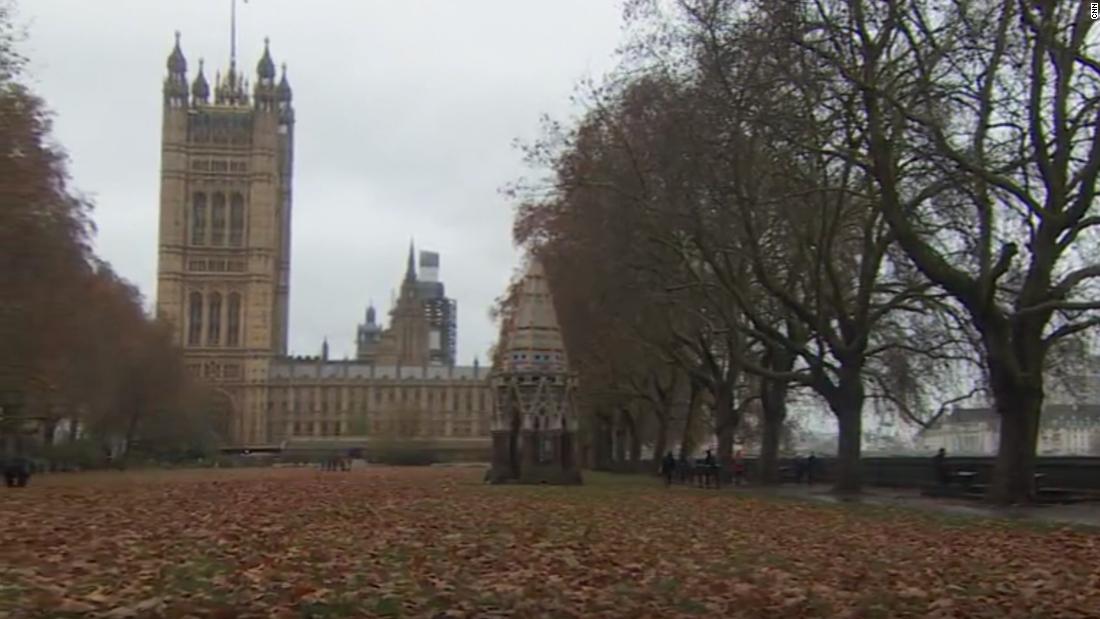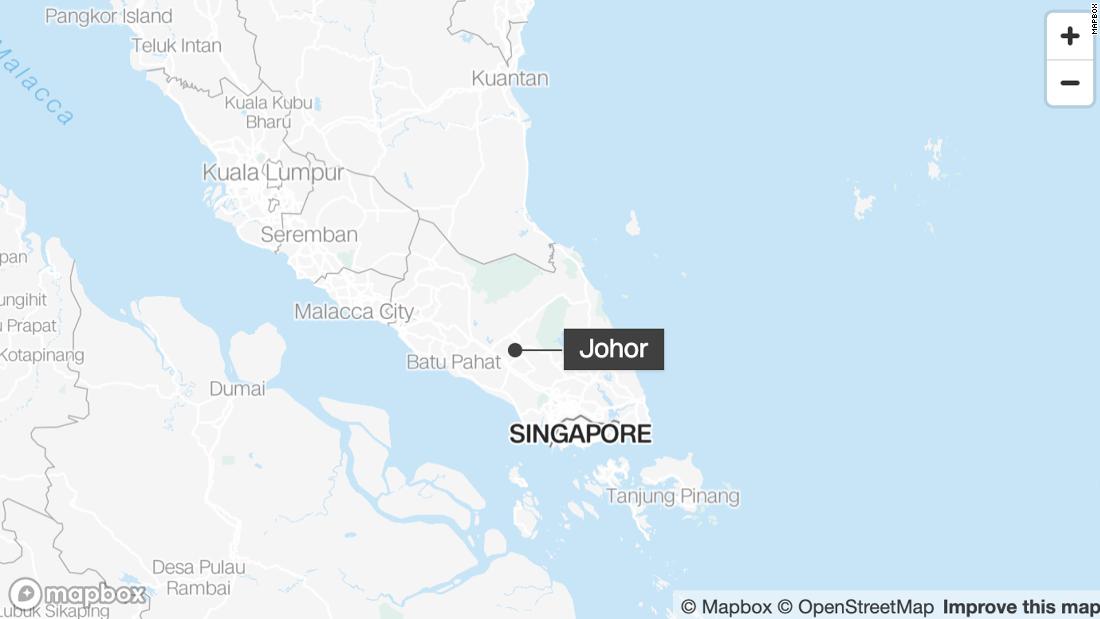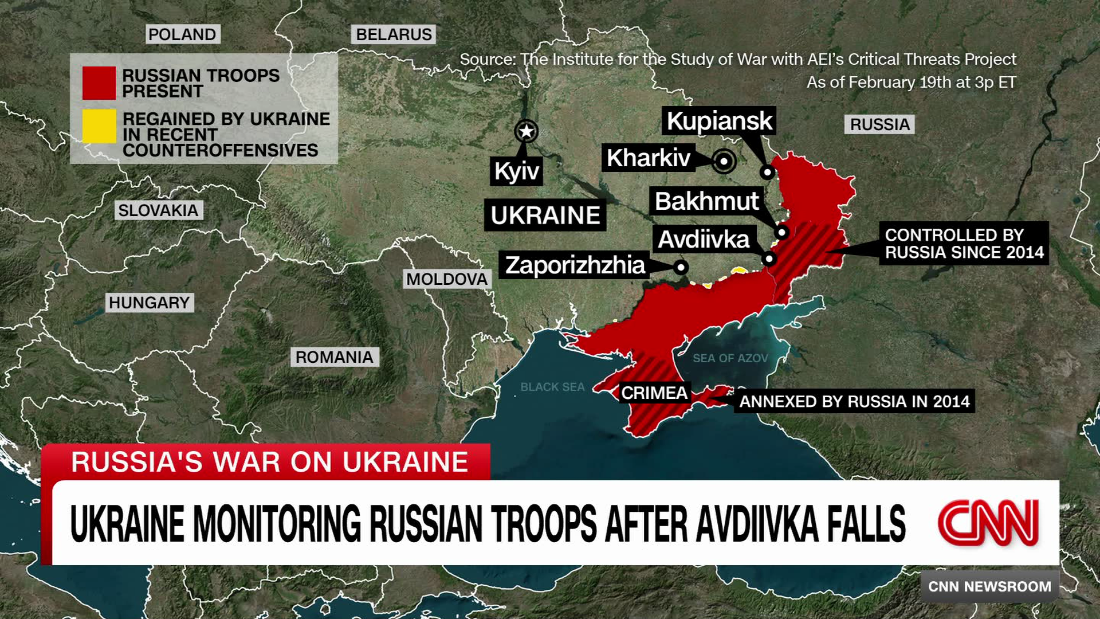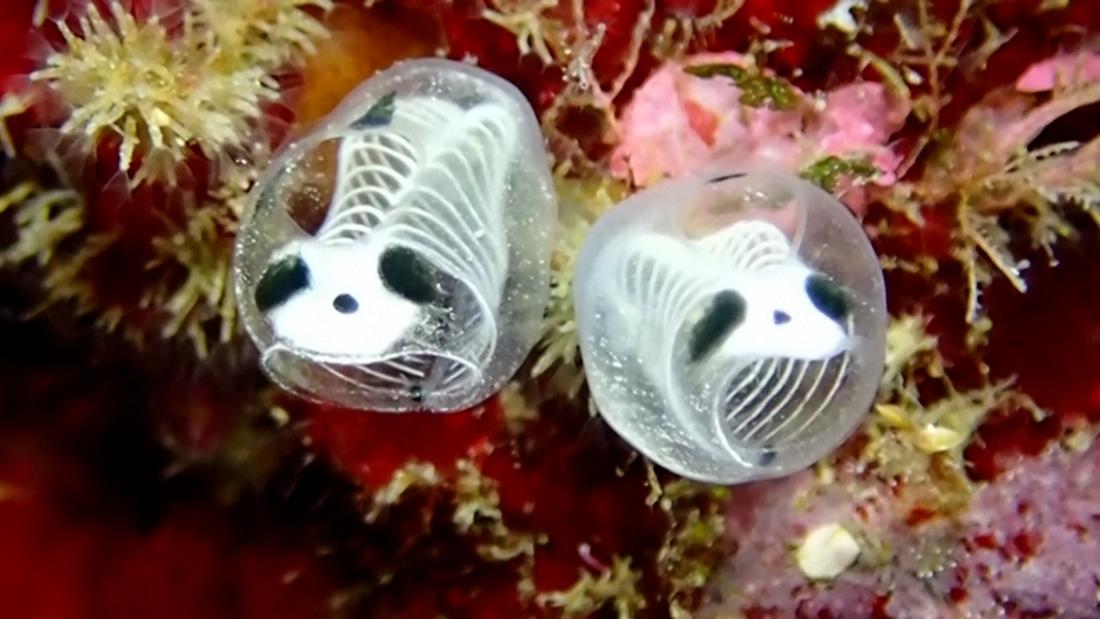A STINKING species of super-ant is storming through Europe on a path to the UK.
The millions-strong mega-colonies have wiped out power supplies and even roads as they overwhelm the ground beneath entire towns.
GettyTapinoma magnum ants have been moving north through Europe[/caption]
They can chomp through electric cables, cutting out power suppliesTFI
The species, called Tapinoma magnum, hails from the Med and North Africa – but has been pushing up through the continent.
They spread rapidly and establish supercolonies of up to 20million across 60 acres which are “virtually impossible” to eradicate.
There were so many ants, you couldn’t see the floor anymore
Agnes WirthOetwil an der Limmat resident
And anyone who dares squash a T. magnum is greeted by the stench of rancid butter.
The invaders hit headlines in Sweden this week as officials in regions around the capital Zurich attempt to oust the pests.
The ants have also taken root in France – but Germany has suffered the most.
In Germany, the sleepy south-western town of Kehl has been swamped.
Locals reported watching the town’s pavements and curbs sinking as the earth was carted away by the bugs, causing havoc with the roads.
And a playground was forced to close after ants took over the entire area and turned it into a nest.
City workers had to jet hot water into the labyrinth to wash them out.
The wider state of Baden-Württemberg has suffered power cuts and internet outages after the insects chomped through electric cables.
T. magnum’s destructive power comes from the sheer scale of their underground warrens and their tireless determination to expand.
While most ant species organise a few thousand workers around a single queen, T. magum clans contain up to 20million and hundreds of queens.
Instead of attacking one another, the smaller colonies merge together in alliance.
The British Pest Control Association told The Sun that the UK is at risk from the advancing crusade.
Individual efforts by homeowners and gardeners can’t control an infestation
Niall GallagherTechnical Manager at BPCA
They explained the ants “spread mainly through horticultural imports, especially potted plants and trees from the Mediterranean”.
They added: “If T. magnum were to establish here, it could become a nuisance.
“They form vast supercolonies, displace native species and can even cause structural issues by excavating under paving.”
Although the species has not marched into the UK yet, a spokesperson for Defra said the agency “remains vigilant” to the threat.
The countryside around Zurich has been tormented by the ants since 2018.
AlamyA city worker in Kehl, Germany, treats a playground overwhelmed by a T. magnum nest[/caption]
Facebook / Lutte contre la Fourmi Tapinoma Magnum – Région CorsePower outages in Germany have been blamed on the bugs[/caption]
AlamyThe ants can form supercolonies with hundreds of queens and millions of workers[/caption]
Despite an almighty effort to clear them out, the ants remain “well established” in four areas.
In Winterthur, they blocked a billion-pound construction project when they settled exactly where a multi-track railroad tunnel was planned.
In the nearby Oetwil an der Limmat region, one supercolony infested an entire five-hectare potato field – about seven football pitches.
A local, Agnes Wirth, told Swiss site SRF: “There were so many ants, you couldn’t see the floor anymore.”
But that is dwarfed by the colony in Volketswil, on the other side of Zurich, where an area the size of 35 football pitches is teeming with the busy-body bugs.
The infestation is so enormous that the local authority has been legally forced to act.
Katharina Weber of the Zurich Department of Construction said: “In areas with large infestations, a coordinated approach by specialists is required.
AlamyThey displace the earth beneath tarmac – causing roads and pavements to sink[/caption]
A power box overwhelmed by the antsTFI
AlamyThe ants are small and look similar to the black garden ant in the UK[/caption]
“This means a plan is needed, and special pest controllers must be deployed. These can target the insecticide at the nests.”
In the UK, DEFRA recommends that anyone who sees a non-native insect species takes a photo and reports it.
Mike Fox, record manager for the Bees, Wasps and Ants Recording Society, said: “As far as I know, there are no records of Tapinoma magnum becoming established in the UK but of course it could possible in the future.”
Niall Gallagher, the Technical Manager at British Pest Control Association, said they closely monitor pest species – including Tapinoma magnum.
He told The Sun: “Research on Tapinoma magnum supercolonies in Switzerland has found that these ants live outdoors and can continue to forage at temperatures as low as 6 degrees during the winter months.
“Individual efforts by homeowners and gardeners are not sufficient to effectively control an infestation, and specifically tailored pest control solutions are needed to eradicate a colony.”
He recommend that anyone concerned about an ant infestation contacts a professional pest controller for help.
Tapinoma magnum species
According to the British Pest Control Association, one of T. magnum’s most striking traits is their procession behaviour.
These ants form conspicuous trails across pavements and up buildings, often in large, coordinated lines.
These trails are reinforced with pheromones and can span several metres, connecting different parts of their supercolony.
To the untrained eye, this may look like a very active colony of common ants – but the sheer volume and organised movement can be a telltale sign of T. magnum.
In established infestations, these trails may even lead into buildings, across walls or deep into pavements and garden features.
If the species were to establish here, pest professionals would likely rely on a combination of bait gels (such as indoxacarb or imidacloprid) and surface treatments, as was done successfully in Zurich, Switzerland.
As always, public awareness and early reporting are vital tools in managing invasive pests.
Think you’ve seen something unusual? Here’s what to do:
Don’t disturb the nest
Take clear, close-up photos of the ants and any distinctive behaviour (such as trail formation or large aggregations)
Report the sighting to the Non-native Species Secretariat via their website
Published: [#item_custom_pubDate]













































































































